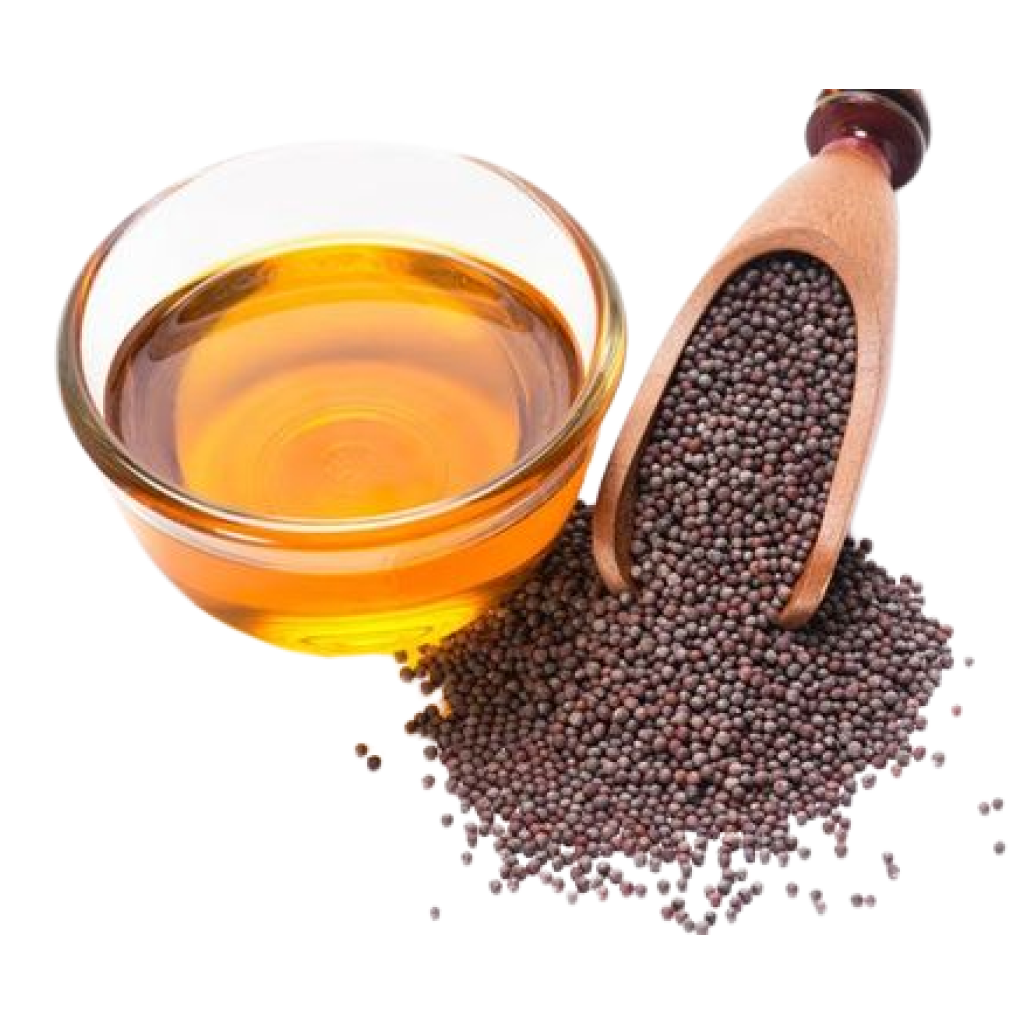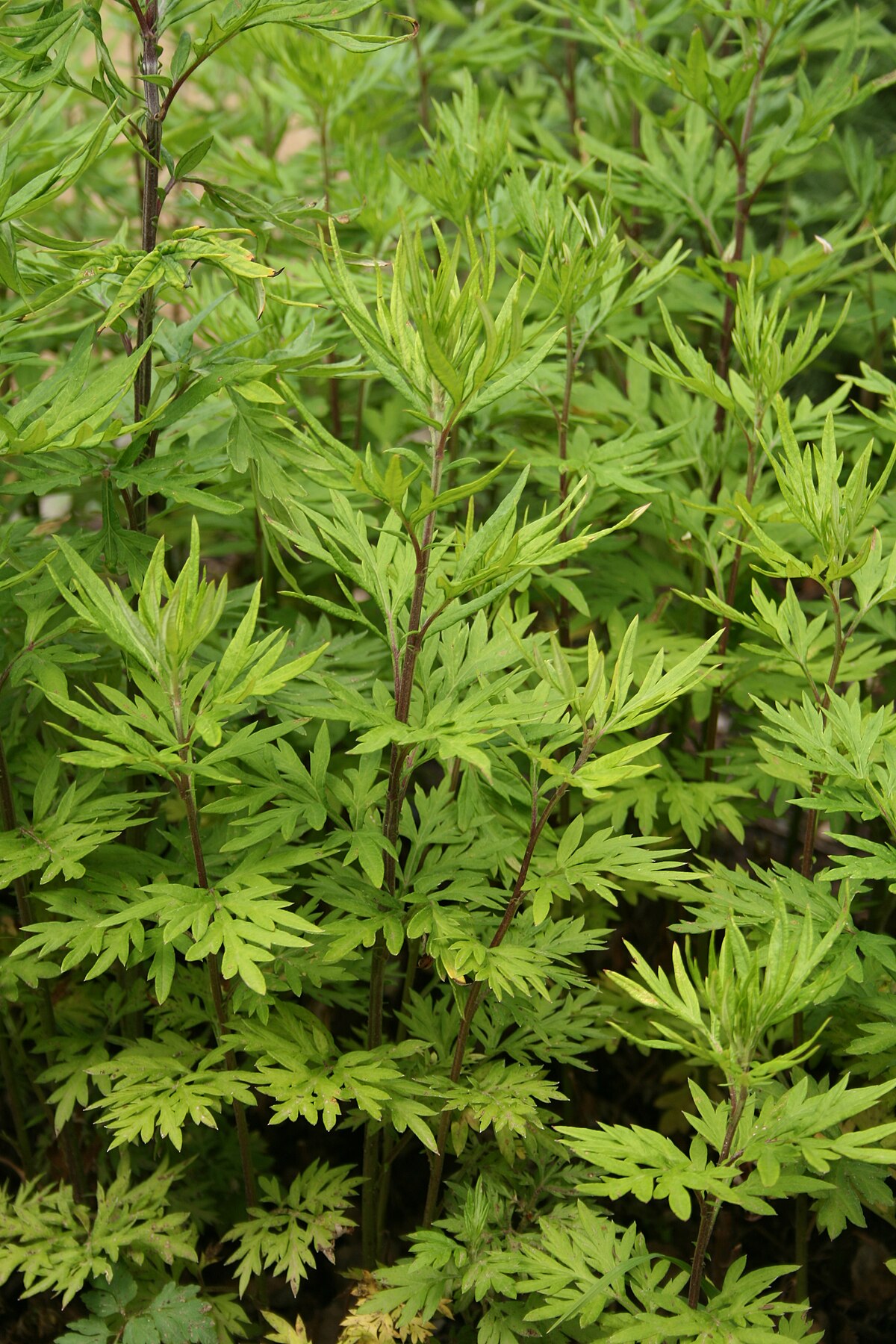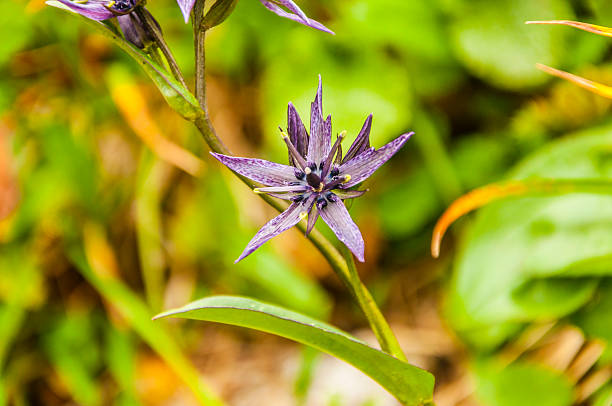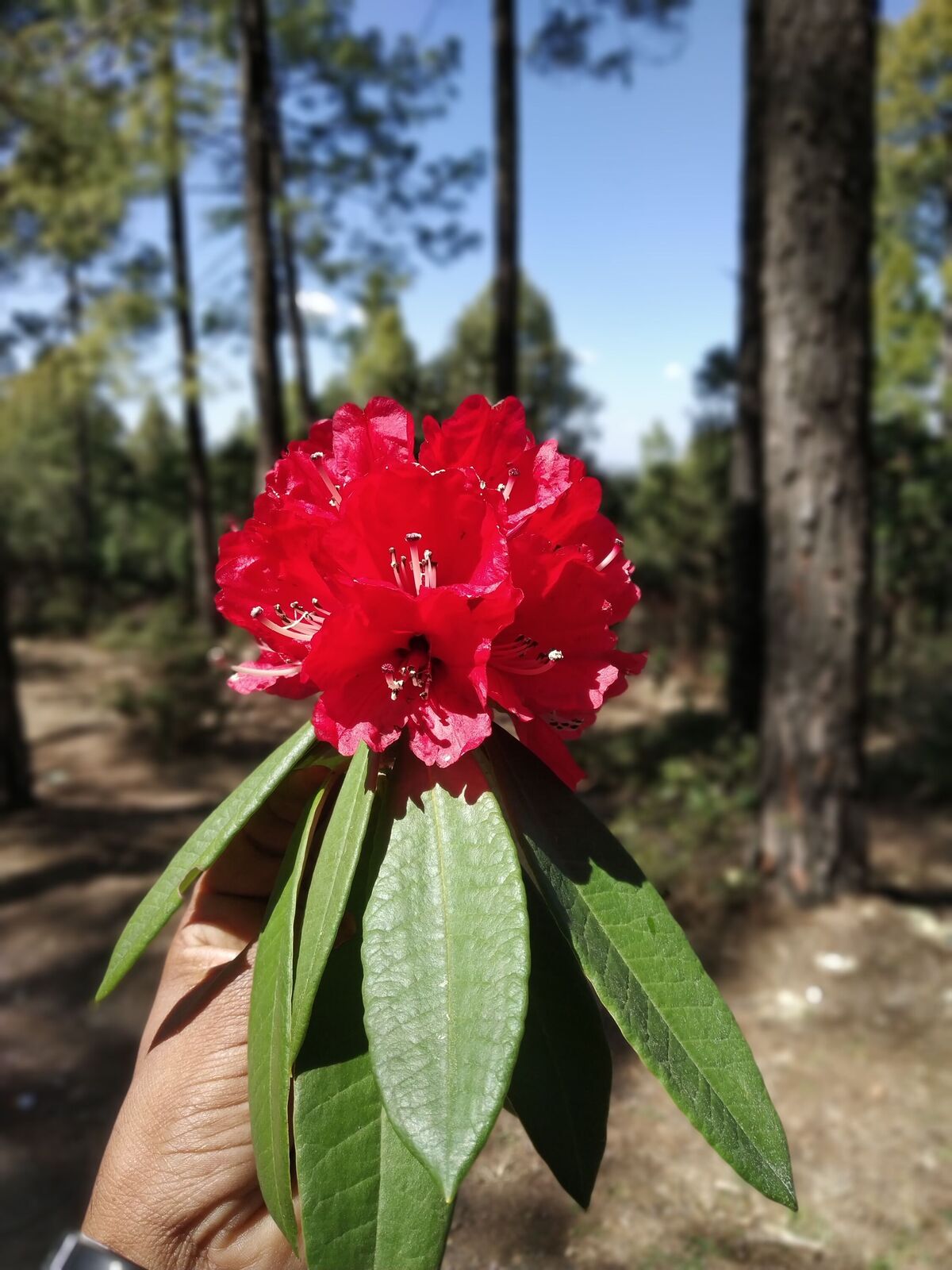Share this Article
Rhododendrons, particularly Rhododendron arboreum, known locally as Lali Gurans, are deeply woven into the cultural and ecological fabric of Nepal. This vibrant flower, with its striking red blossoms, holds the esteemed title of Nepal's national flower, symbolizing the nation's natural beauty .
Ecological and Cultural Significance
Nepal is home to over 30 species of rhododendron, thriving at elevations ranging from 1,200 to 3,600 meters above sea level. These species exhibit a fascinating gradient of colors: starting with vibrant red at lower altitudes, transitioning to pink, and culminating in pure white at higher elevations. This natural progression adds to the country's rich biodiversity and offers a visual spectacle during the blooming season from March to May .
The rhododendron's presence is not just botanical but also cultural. It plays a significant role in local traditions, from being used in culinary dishes and traditional medicine to inspiring art and festivals. In regions like Helambu, the blooming season is celebrated with the Lali Gurans Festival, highlighting its importance in community life .
Medicinal and Practical Uses
Beyond its ornamental value, the rhododendron offers various practical benefits. Its flowers are utilized in traditional remedies for ailments such as coughs, dysentery, and headaches. Additionally, the wood is employed in constructing household items, and the flowers contribute to honey production, although some species yield toxic honey .
Rhododendron in Nepalese Identity
The rhododendron's deep-rooted presence in Nepalese culture is evident in its depiction in art, literature, and festivals. Its vibrant colors and resilience mirror the spirit of the Nepali people, making it more than just a flower but a symbol of national pride and unity.
How can we conserve Rhododendron?
Conserving rhododendrons in Nepal is essential to protect both the country's rich biodiversity and its cultural heritage. Several strategies are being implemented to address the threats faced by these iconic plants.
1. Community-Based Forest Management
Nepal's community forestry program empowers local communities to manage and conserve forest resources. This approach has led to increased biodiversity and improved forest conditions in areas where communities actively participate in forest management .
2. Protected Forest Areas
The government has designated the Teenjure-Milke-Jaljale (TMJ) region, a rhododendron hotspot, as a protected forest area. This initiative aims to conserve rhododendron species and their habitats through sustainable management practices .
3. Nursery Establishment and Capacity Building
Organizations like the Red Panda Network have established forest conservation nurseries to produce native plant saplings, including rhododendrons. These nurseries involve local communities in nursery management and provide training on propagation techniques, contributing to habitat restoration and conservation efforts.
4. Ex Situ Conservation and Biotechnology
Ex situ conservation methods, such as cultivating rhododendron species in gardens and parks, are being explored. Additionally, tissue culture techniques are being developed for the rapid multiplication and conservation of rare and threatened rhododendron species .
5. Education and Awareness Programs
Conservation education and awareness programs play a pivotal role in engaging the public and promoting the importance of protecting Nepalese plant diversity. These programs often include school outreach initiatives, aiming to educate students about the significance of ex situ conservation efforts for the rich flora in Nepal .
6. Sustainable Harvesting and Alternative Energy Solutions
Promoting sustainable harvesting practices and providing alternative energy solutions, such as improved cooking stoves and bio-briquettes, can reduce pressure on rhododendron forests. These initiatives aim to decrease the reliance on rhododendron wood for fuel and other household uses
7. Youth Engagement and Local Initiatives
Local youth groups, like the Guras Conservation Team in Surkhet, are actively involved in protecting rhododendron species. These groups monitor and regulate the plucking of rhododendron flowers, raising awareness about conservation issues within their communities.
Rhododendrons exhibit a diverse range of shapes, influenced by species, growth habits, and environmental factors. Here's an overview of their typical forms:
Growth Habits
- Shrubs: Many rhododendrons grow as dense, rounded shrubs, typically ranging from 1 to 3 meters in height and width.
- Small Trees: Species like Rhododendron arboreum can develop into small trees, reaching up to 12 meters tall with a rounded canopy.
- Dwarf Varieties: Some species, such as R. prostratum, are low-growing ground covers, spreading horizontally with minimal vertical growth.
Foliage Structure
- Leaves: Typically leathery and elliptical, ranging from 2 to 20 cm in length.
- Arrangement: Leaves are alternately arranged along the stems, contributing to the plant's overall shape.
Flower Clusters
- Inflorescences: Flowers are borne in clusters at the ends of branches, forming rounded or conical shapes.
- Flower Shape: The blooms are usually bell-shaped, adding to the plant's rounded appearance.
Rhododendron Tourism
The breathtaking beauty of rhododendron forests attracts thousands of trekkers to Nepal each year. Regions like Langtang National Park, Makalu-Barun National Park, and the Annapurna Conservation Area are renowned for their vibrant rhododendron blooms. The TMJ region—Teenjure, Milke, and Jaljale in Province 1—is particularly celebrated as the "Rhododendron Capital of Nepal," drawing nature enthusiasts from around the world .
This influx of tourists contributes significantly to the local economy, providing income opportunities for communities through hospitality, guiding services, and the sale of local crafts and products.
Flavor Profile
The petals of the red-flowered rhododendron are edible and are often described as having a sour, citrusy taste, somewhat akin to cranberries. This tartness is occasionally accompanied by a mild bitterness, which can be balanced with sweeteners in recipes like juices and squashes .
Culinary Uses
In Nepal and neighboring regions, rhododendron flowers are utilized in various traditional dishes and beverages:
- Buransh Juice: A popular drink made by boiling the petals to extract their flavor, then sweetening and sometimes adding citric acid for preservation. It's enjoyed both hot and cold, often served with ice or soda, and is believed to aid in preventing high-altitude sickness .
- Chutneys: The petals are blended with ingredients like tamarind, chilies, and garlic to create a tangy condiment that pairs well with rice, parathas, or pakoras .
- Pakoras: Rhododendron petals are dipped in a gram flour batter seasoned with spices, then deep-fried to make crispy fritters .
- Tea: Dried petals are steeped in hot water to make a floral tea, which can be enjoyed plain or sweetened with honey. This tea is appreciated for its light, floral taste and is believed to have antioxidant properties .
Global Significance
While native to the Himalayas, Rhododendron arboreum has been introduced to other parts of the world due to its ornamental value. Its striking flowers make it a popular choice in gardens and parks, contributing to global appreciation of Himalayan flora. However, the plant's ecological and cultural ties to Nepal remain profound, with the species symbolizing the unique biodiversity and heritage of the region.
Conclusion
Rhododendron arboreum, or Lali Gurans, is more than just a flower; it is a symbol of Nepal's natural beauty, cultural richness, and ecological importance. Its vibrant blossoms not only enhance the landscape but also support biodiversity, provide medicinal benefits, and inspire artistic expressions. Preserving this iconic species is crucial for maintaining the ecological balance and cultural heritage of the Himalayan region.
Categories:
Medicinal Plants of Nepal
Tags:
rhododendron







